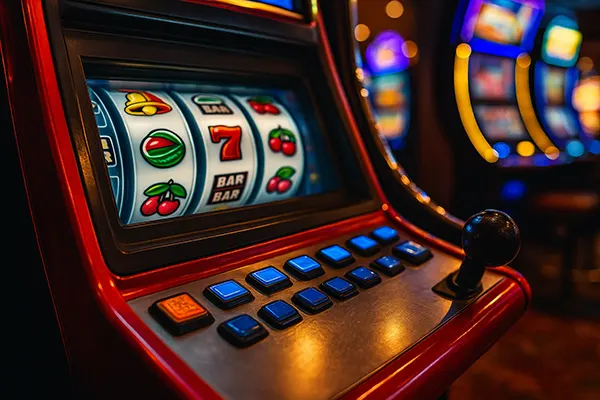
Why Popular Slots Lose Popularity: Analysing Ageing Mechanics
In the ever-changing online gambling industry, slot games that once held the spotlight can quickly fade into obscurity. This decline is often not the result of poor design or lack of branding, but rather due to core game mechanics that age poorly with evolving player expectations and industry standards. Understanding these shifts is essential for both developers and players seeking to stay ahead of the curve.
Mechanics That Fail to Evolve
Some slots are built around game mechanics that were considered innovative at the time of release. However, what was once a cutting-edge feature may now appear overly simplistic or repetitive. Mechanics like traditional paylines or one-dimensional bonus rounds may no longer offer enough excitement to compete with newer formats that feature dynamic reels or cascading wins.
Players in 2025 expect interactivity, layered gameplay, and a sense of control over outcomes. Older games often lack these elements, making them feel outdated. Even classics with nostalgic appeal struggle to retain engagement when users are exposed to more immersive alternatives every week.
The saturation of similar titles amplifies this issue. A mechanic that once felt unique becomes diluted across dozens of clones, causing even the originator to lose its identity in a crowded market.
Lack of Innovation as a Pitfall
Developers who rely heavily on the same winning formulas risk alienating an audience that craves novelty. Reusing old mechanics without enhancement not only fails to excite but also signals a lack of creativity. As a result, players may skip titles that feel like remakes of games they’ve already played.
Moreover, a lack of innovation contributes to a weak brand image. In an industry where visuals, interactivity, and user experience constantly improve, players associate stagnation with irrelevance. This perception is difficult to reverse once established.
Innovation doesn’t always mean drastic change—it can be the subtle inclusion of multiplier ladders, unlockable features, or storyline integration. Games that ignore these possibilities risk being labelled “outdated,” regardless of their previous success.
Changing Player Behaviour
Modern players approach slot games with higher expectations than in the past. Features such as real-time tournaments, gamification, or mobile-friendly functionality are now considered standard. If a popular game doesn’t meet these benchmarks, its decline is almost inevitable.
Today’s users are informed, demanding, and less forgiving. Review sites, streaming communities, and social media heavily influence perceptions, and a single poor impression can significantly reduce interest in a slot. This trend has contributed to shorter game lifespans.
Additionally, the casual gambling audience has expanded. This group often prioritises aesthetics, simplicity, and novelty, leading them to abandon older games that seem visually dated or lack modern UX design principles.
Influence of the Mobile Market
The transition to mobile-first design has accelerated over the past years. Many previously popular slots were created with desktop users in mind, resulting in clunky interfaces or outdated resolution scaling when viewed on smartphones or tablets.
Games that fail to adapt their interface, loading times, or input sensitivity for mobile users are at a disadvantage. Mobile optimisation is no longer optional—it’s a prerequisite for visibility and user retention.
Furthermore, the mobile market values fast play sessions and intuitive controls. Games with long intros, heavy animations, or confusing bet structures often lose attention before they even begin.

Regulatory and Market Dynamics
As regulations surrounding responsible gambling have tightened, many older slots no longer comply with industry requirements. Features like auto-spins without limiters or unclear RTP information can be flagged by operators or banned altogether.
Developers must now redesign or retire games that cannot meet the transparency standards set by modern licensing bodies. Popularity becomes irrelevant if a game is unavailable in key markets due to regulatory misalignment.
Additionally, the expansion into new territories brings regional demands. What works in the UK or Sweden may not suit Canadian or Dutch audiences. Older slots, often built with a one-size-fits-all approach, lose relevance when faced with such localisation needs.
Competition From Hybrid and Social Games
The rise of hybrid casino games that blend traditional slots with RPG elements, or integrate live interaction features, has captured a growing market segment. These innovations provide a sense of progression and social engagement that legacy slots simply can’t match.
In the same vein, social casinos and free-to-play models now attract millions of players. While these don’t always convert into real-money spenders, they do change expectations. Players want achievements, levelling systems, or missions—features rarely found in older titles.
Ultimately, even successful slots must evolve or be replaced. In an ecosystem driven by trends and rapid development, failure to adapt means obsolescence—even for those once hailed as market leaders.
